From factory farms to ‘Frankenchickens’, meat production is getting ever more concentrated and intensive. Industrial Farm Animal Production, the Environment and Public Health (Johns Hopkins University Press, £37.50) does not linger too long on how we got here, but jumps straight into scrutiny of the byproducts of modern animal farming – from air and water pollution to loss of biodiversity – and uses science to chart a way forward.
The collection of essays is not exactly one to discuss over a pint at the pub. Bursting with graphs, statistics, footnotes and frequent use of the word ‘epistemological’ (try saying that after a couple of drinks), this is first and foremost an academic text. However, what it does exceptionally well, even for the lay-reader, is depict complex industrial farming in a critical yet solution-driven way.
Its ultimate message is clear from the first chapter, in which Nicolette and Bill Niman explain how “total confinement is a recipe for creating unhealthy animals”, and how these eventually lead to an unhealthy population.
In analysing the impact of farming on the environment, the book paints a stark picture. For example, the central US, “once a vast, ecologically diverse prairie”, is now ‘the Dust Bowl’ for good.
The essay collection format allows readers to dip in and out, and focus fully on one topic at a time. Crucially, one thing is clear: the 25 scientists involved in this book all believe the failures of industrial farming are not irreversible. One must, then, trust the science and keep the faith.


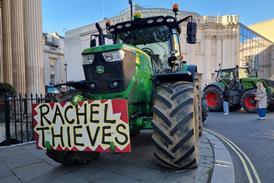




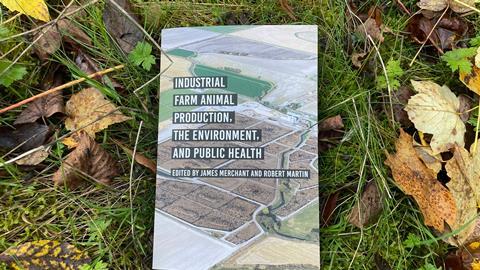
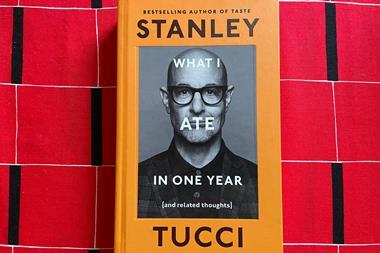
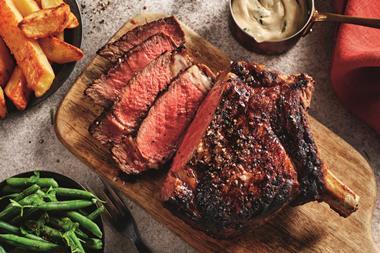








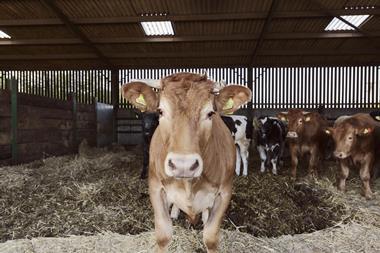

No comments yet